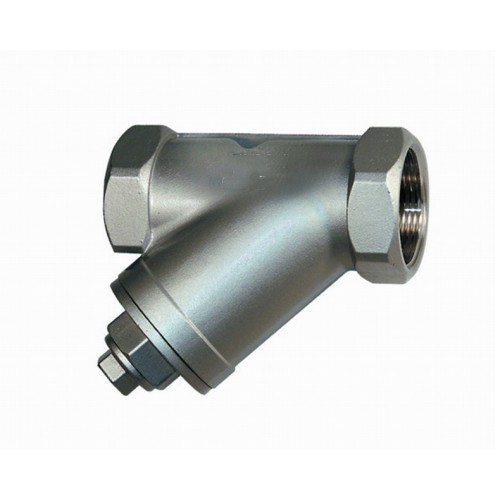flange slip on type
Understanding Flange Slip-On Type An Overview
Flange slip-on type joints are integral components in piping systems, primarily used in various industrial applications involving the transfer of fluids and gases. This type of flange is designed to fit over the pipe, allowing for easy alignment and installation. The simplicity of the slip-on design is one of its most attractive features, making it a popular choice among engineers and technicians.
Design and Construction
The flange slip-on type typically consists of a flat face that allows it to easily slide over the end of a pipe. It is usually welded both inside and outside to ensure a strong, leak-proof connection. Materials commonly used for manufacturing slip-on flanges include carbon steel, stainless steel, and various alloys, enabling them to withstand different operating conditions and environments.
Advantages of Slip-On Flanges
1. Ease of Installation One of the significant advantages of slip-on flanges is their straightforward installation process. Since they simply fit over the pipe's end, they can be aligned easily, which is particularly valuable in situations where precise alignment is critical.
2. Cost-Effectiveness Slip-on flanges tend to be less expensive than other types of flanges, such as weld neck flanges, because they require less material and fabrication. This cost advantage makes them an attractive option for large-scale projects.
flange slip on type

3. Versatility These flanges are versatile and can be employed in a variety of applications, including water systems, oil and gas handling, and chemical processing. Their ability to accommodate different types of pipes and fittings adds to their practicality in diverse industrial settings.
4. Maintenance The design of slip-on flanges allows for easy inspection and maintenance. This is particularly beneficial for systems that require regular maintenance and testing, as technicians can quickly access the joint areas to ensure their integrity.
Disadvantages
Despite their many advantages, flange slip-on types do come with certain drawbacks. For instance, they may not be suitable for high-pressure applications, as they might not provide the same level of strength as other flange types, such as bolt-on or weld neck flanges. Consequently, careful consideration of the application and operating conditions is crucial when selecting the appropriate flange type.
Conclusion
Flange slip-on type joints serve as an essential element in piping systems due to their simplicity, cost-effectiveness, and versatility. While they may not be the first choice for high-pressure applications, their ease of installation and maintenance makes them an ideal option in various industrial settings. Understanding the characteristics and applications of slip-on flanges ensures that engineers can make informed decisions, optimizing both performance and efficiency in their systems. As industries continue to evolve, the relevance of slip-on flanges remains significant, providing reliable solutions in fluid and gas transportation.
-
The Key to Fluid Control: Exploring the Advantages of Ball Valves in Industrial SystemsNewsJul.09,2025
-
The Versatile World of 1, 2, and 3 Piece Ball ValvesNewsJul.09,2025
-
Stainless Steel Ball Valves: The Ideal Choice for Efficient Flow ControlNewsJul.09,2025
-
Optimizing Fluid Control with Ball Float ValvesNewsJul.09,2025
-
Manual Gate Valves: Essential for Control and EfficiencyNewsJul.09,2025
-
Everything You Need to Know About Butterfly ValvesNewsJul.09,2025
-
The Versatility of Wafer Type Butterfly ValvesNewsJul.08,2025




